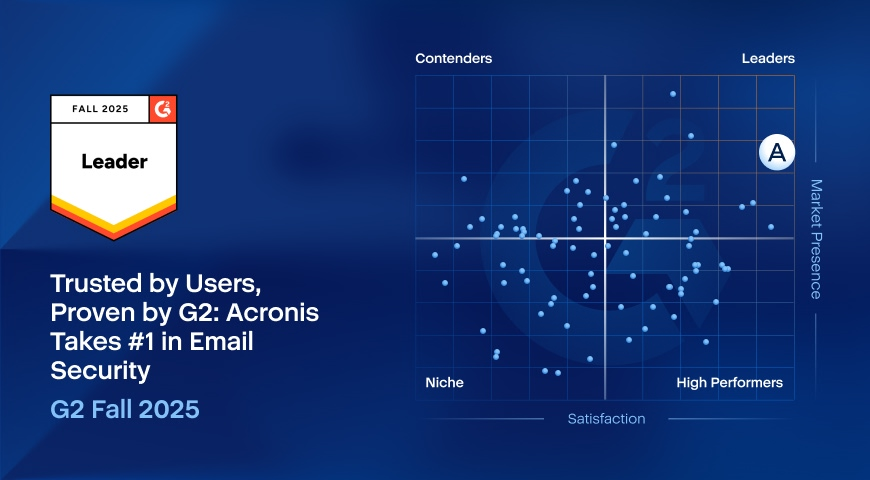Virtual machines are common components within modern IT infrastructures, serving as the go-to solution for, among other things, scaling infrastructure capacity cost effectively, serving as isolated back-up, disaster recovery, and deployment environments, and enabling the streamlined allocation of resources for tip-top efficiency.
However, virtual machines (VMs) aren’t without their caveats. Utilization of Azure VMs is coupled with the challenge of effectively monitoring multiple environments simultaneously, with each typically using an unequal portion of the host system’s resources. In some cases, rather than diluting the problems that can occur on a single physical system, VMs pose a greater stability risk as each isolated environment remains dependent upon their host system.
Thus, just as with any physical computer system, VMs require comprehensive automated monitoring. They can’t afford to be left off the grid, as they’re equally as susceptible to the same issues, downtimes, and inefficiencies as physical systems. Virtual doesn’t mean invisible, and VMs are no less co-dependent with and upon other system components than physical environments.
For Acronis, comprehensive monitoring means having a full-picture overview of active VMs accessible via a single console, with the capability to slice-and-dice metrics to derive the required insight. This includes not just server (OS) metrics, but also application and end-user metrics correlated in real-time. While many built-in monitoring services are primarily concerned with OS metrics, we believe that monitoring system usage is an ineffective way to determine overall VM health, and doesn’t appropriately account for the increasing complexity and diversity in which VMs are being utilized.
Application level monitoring, for example, is vital for helping to pre-empt, isolate, and troubleshoot problems before end-users are impacted. For service providers in particular, monitoring of the application stack (to monitor service uptime and underlying systems’ performance) is an important step to meeting SLA standards. Combined with external end-user metrics, and collated alongside OS metrics within a single-console interface, Acronis ensures that the challenges of correlating information from across multiple VMs can be met, to rapidly identify and resolve arising issues.
Ultimately, Acronis Monitoring Service monitors individual demand on each virtual and physical machine to stimulate more effective resource allocation, significantly reducing the over-taxation of resources. It is designed to be adaptable to each vendor organization, to be used to monitor, for example, in-house infrastructure, external client-side service provisions, or for managed service providers. In case of the latter (i.e. those repackaging Azure services for their customers), Acronis provides a single off-site solution for multiple customers with predefined alert thresholds and troubleshooting procedures, significantly bolstering scaling capabilities as the service provider grows.
IaaS metrics collated with on-site resources
One of the biggest challenges facing monitoring services is in realizing the capability to monitor disparate resources and assets (i.e. both on and off-premise) within a single console. Acronis Monitoring Service enables the user to collect information from other IaaS solutions (incl. AWS, GCE, etc.), with all the same comprehensive metrics in-toe, and combine it with metrics of on-site resources (i.e. local servers) through a one-pane-view monitoring console. The benefits of this are clear – namely, that no small detail is omitted and decisions can be made that incorporate every single morsel of information. As IT infrastructures grow and become more complex, the need for a comprehensive, full-picture analysis become paramount. We believe that all available and useful information should be centralized wherever possible, and to remain readily accessible to decision makers.
Multiple Azure accounts combined
As part of our mission to create a centralized point for all IT-related information, we’ve sought to make it possible to collate monitoring information from across multiple Azure accounts. For clients using multiple accounts to monitor many infrastructures or organizations, Acronis enables additional streamlining capability, providing a comprehensive administrative overview via a single window that omits no detail or component.
Deploying Acronis Monitoring Service on Azure VMs
Deploying Acronis Monitoring Service on Azure VMs is simple and easy. Azure VMs are configurable to the exact size and performance needs of the client organization; they’re pretty darn flexible and can be slotted into existing infrastructure on an ad-hoc basis. The monitoring agent can be installed in different ways:
1. Manual deployment
Manual installation can be performed on an Azure VM environment running almost any version of Windows or Linux. For Windows, the agent is downloaded by the Administrator, and installation is carried out via a step-by-step setup wizard. Once installed, the agent is connected to your Acronis Monitoring account using an Account Name and Password. Full instructions can be found here: http://www.acronis.com/en-us/support/documentation/AcronisMonitoringService/index.html#36453.html
Installation on a Linux-operated virtual machine is similarly stress free. To install all bundled software and connect the agent automatically, simply execute a command give in the monitoring console on root shell:
curl -k -s https://monitoring.acronis.com/api/1/agent/install/account_name/123_nop | sh
2. Automated installation of monitoring agent
Naturally, with automation comes additional ease. There are a few available options for automated agent installation on multiple VMs (which is becoming increasingly essential within large infrastructures). Generic automated tools are available through software such as Chef or Vagrant, which provide a scriptable way to manage existing infrastructure. Each is capable of automated agent installation, but with slightly more client-side input required to configure the service to the organization’s parameters.
Another option is IaaS-vendor specific tools, the main advantage here relates to ease of deployment; Azure Automation offers a web-based platform preconfigured to the client organization’s infrastructure and needs, and requires little input from the user (or even technical know-how). Runbook systems are used that access a set of predefined operation procedures, including the automated building, managing, and reporting on workflows. A wide selection of runbook scenarios is available through Azure Automation, pre-built by Microsoft and the community, which can be used without modification. More information on the runbook scenarios available, and how they work, can be found here: https://docs.microsoft.com/en-us/azure/automation/automation-runbook-gallery
For both Windows and Linux, a new monitoring agent can be added to any Azure VM by navigating to the Infrastructure page on the main menu and selecting Add Component, which will initiate a New Component Wizard. Continue through the Setup Wizard, and rinse and repeat for each new component.
READ MORE:
About Acronis
A Swiss company founded in Singapore in 2003, Acronis has 15 offices worldwide and employees in 50+ countries. Acronis Cyber Protect Cloud is available in 26 languages in 150 countries and is used by over 21,000 service providers to protect over 750,000 businesses.



